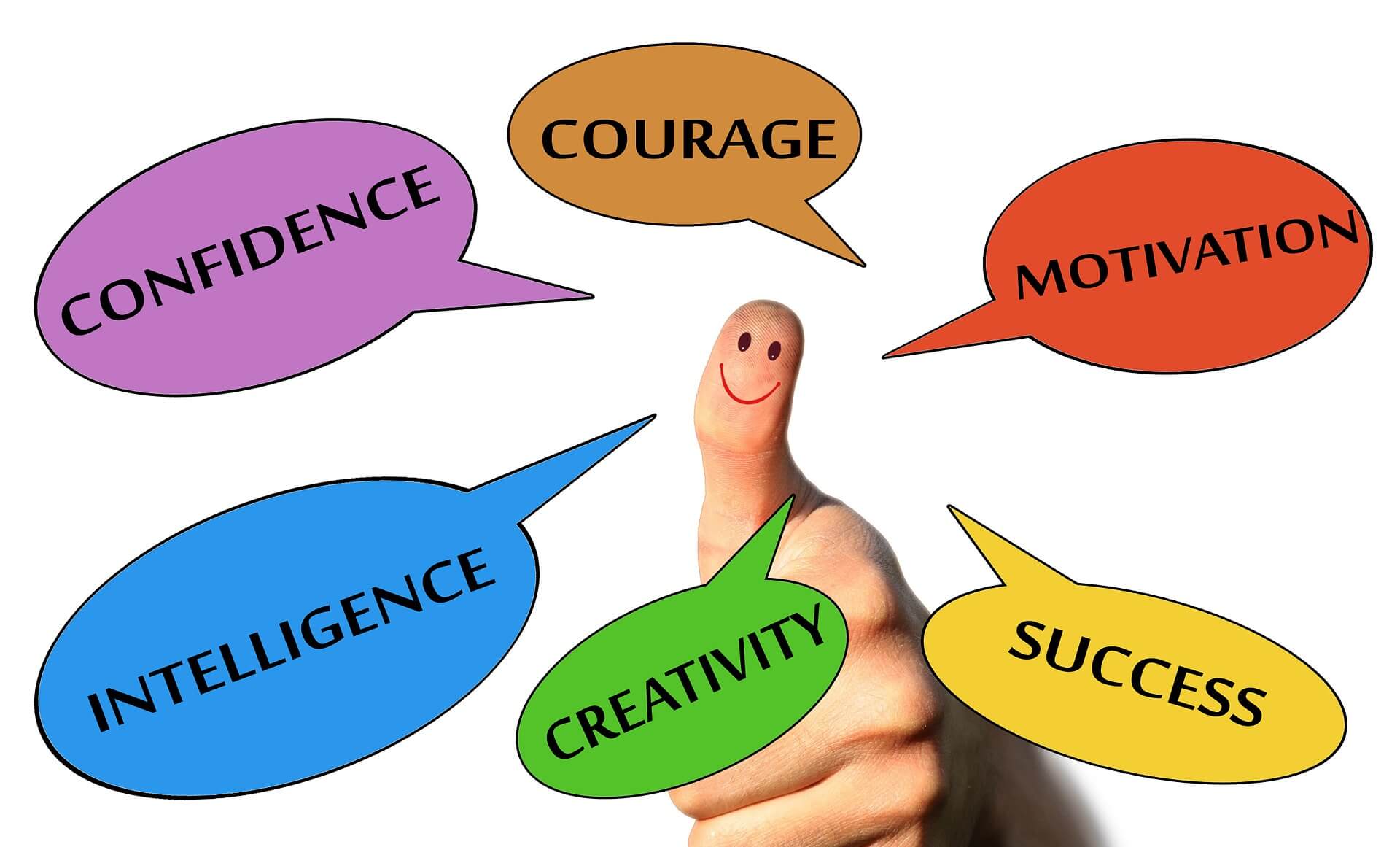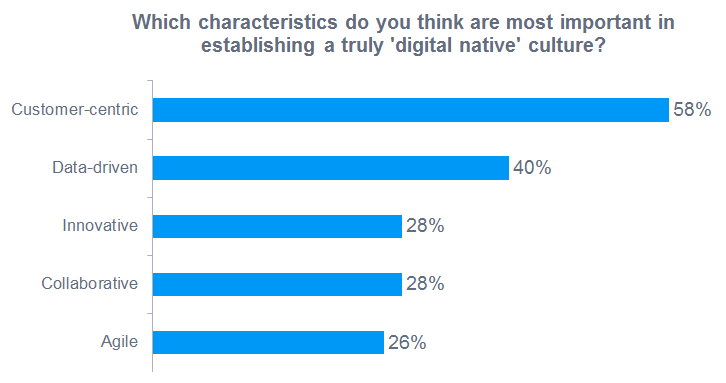Did you know that using marketing quotes can improve your plans? Do you have a plan you are following that will (hopefully) enable you to reach your goals?
To meet our objectives, we often look to make changes, large or small, in our organisation. At times like these, I find it useful to motivate with inspiring marketing quotes from people much wiser than I am. If you are looking for ways to motivate and inspire your team, then I am sure you will enjoy these.
This is my selection of great quotes from some of the best marketers around, together with a relevant question to ask yourself for each. If your favourite quote is not included, then please add it to the comments below the post.
#1. “Strategy and timing are the Himalayas of marketing. Everything else is the Catskills” Al Ries
This quote refers to the Catskills, a province of the Appalachian Mountains, located in southeastern New York and only 1270m high. It compares them to the Himalayas, a range that includes some of the world’s highest peaks, including Mount Everest (8,849m).
It uses this comparison to suggest that to succeed in marketing you have to afront the highest peaks of strategy and timing, and not be satisfied with scaling simple hills. In other words, be in the right place at the right time with the right offer. Simple!
QUESTION: Are you going to upgrade your marketing this year to meet this lofty challenge?
#2. “In marketing I’ve seen only one strategy that can’t miss – and that is to market to your best customers first, your best prospects second and the rest of the world last” John Romero
I love this quote because it refers to knowing and understanding your customers. The best ones, however you define that, come first and your best prospects come second. If you’d like to know if you’re targeting your very best customers and best prospects, then check out the following post: How Well Do you Know Your Customers? 13 Questions your Boss Expects you to Answer
QUESTION: Do you know who your best customers are and everything you should about them?
#3. “Business has only two functions – marketing and innovation” Milan Kundera
This post shows the often forgotten importance of marketing to business. I know those of you in sales or operations etc will complain, but if customers don’t know and love your brands then you don’t have a business. It really is as simple as that. I also like that innovation is included, because especially today, customers have become so demanding that we need to constantly upgrade our offers to them.
QUESTION: Does your business value marketing? If not, how can you help them to recognise its value?
#4. “The wise man doesn’t give the right answers, he poses the right questions” Claude Levi-Strauss
Are you better at asking questions or answering them? Which is more important in your job? Why? A leader doesn’t have all … Click to continue reading







 Every time someone came to my room, they introduced themselves and explained why they were there. Over the course of the days I spent at the hospital and then the clinic, I saw many different doctors, nurses. cleaners, waiters etc. I appreciated that they themselves always started by introducing themselves and stating what their responsibility was in caring for me.
Every time someone came to my room, they introduced themselves and explained why they were there. Over the course of the days I spent at the hospital and then the clinic, I saw many different doctors, nurses. cleaners, waiters etc. I appreciated that they themselves always started by introducing themselves and stating what their responsibility was in caring for me.